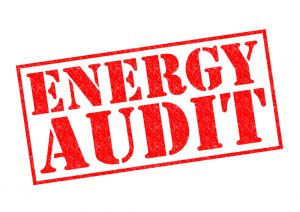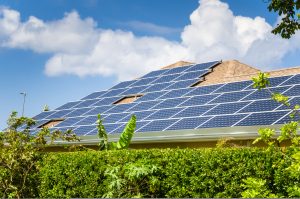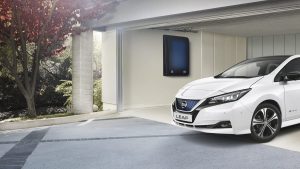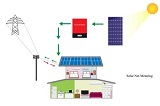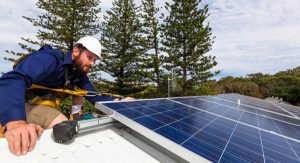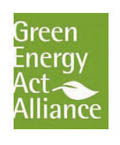How would you know if your house is a good candidate for solar? Is your roof suitable for solar panels installation? While doing your research, the first thing you should do is to look up your house on Google Maps, and take a closer peek at your roof. Is it facing South, East or West? Do you have any trees or obstructions blocking the sun from hitting your roof surface?
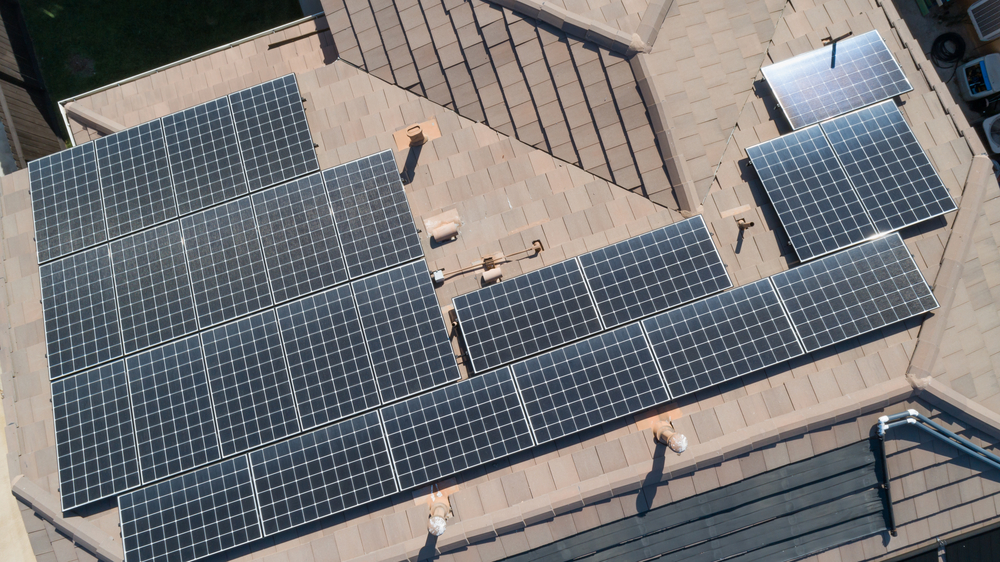
If you can find a couple of suitable roof segments, the next step is to take precise measurements and determine how many solar panels can actually fit on your roof. You may either use an online tool like Google Earth, or contact one of your local solar panels installation companies to come out and conduct a detailed solar site assessment.
So, what are they going to do exactly? An experienced Ontario solar panels installer would look at and consider the following 3 main factors:
1) Amount of solar energy available (solar insolation)
2) Your roof orientation (azimuth) and pitch
3) Shading
1. Solar Insolation
In other words, the amount of solar energy falling on a square meter of a flat surface in Ontario. This data has been precisely measured and carefully recorded by the Natural Resources Canada ground stations since 1974. Find the average number expressed in kWh/kW for your location and use it as the basis for your energy generation calculation and feasibility assessment. For example, a Solar Photovoltaic potential for the City of Toronto is 1163 kWh/kW per year, which means that every 1000W (1kW) of installed solar panels can generate 1163 kWh of AC electricity every year! Therefore a 10kW solar panel system would be capable of producing 1163kWh/kW x 10kW=11’630 kWh per year.
2. Your Roof’s Orientation and Pitch
To generate the most electricity, the location of solar panels should be such that the maximum amount of sunlight reaches them. In the Northern Hemisphere, the optimum solar panels location is a south-facing roof with a pitch angle between 30 and 45 degrees.
West and East facing orientations are also suitable for solar installation, since these systems produce energy during the time of the day, when electricity tends to be more expensive. For Ontario, it’s been proven that the solar panels installations facing direct South at a 30-35 degrees pitch generate the most electricity.
3. Shading
Shading can have a detrimental effect on the performance of your solar panels system. Neighboring buildings, chimneys, trees, and other obstructions can block the sun during different times of the day, and significantly reduce your system’s energy production.
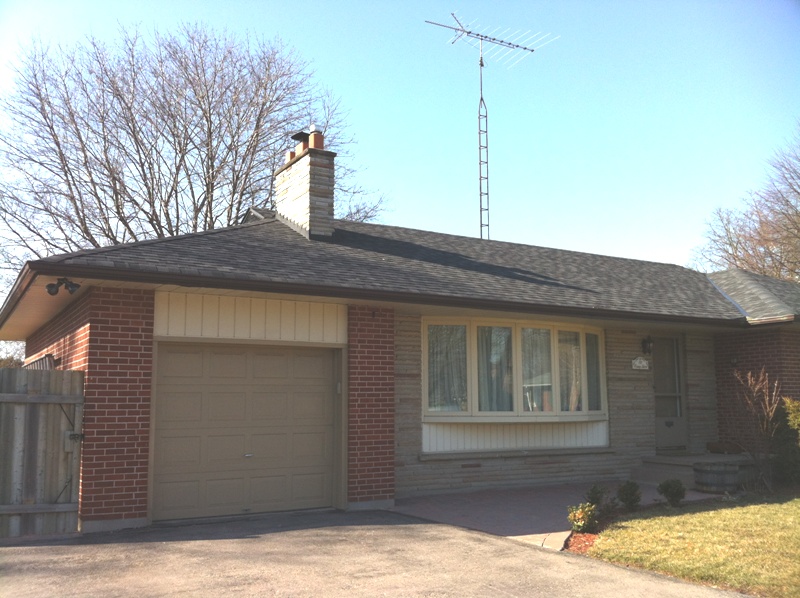
Ask Us About Your Free Quote Today
At Ontario Solar Installers, our mission is to connect savvy, environmentally conscious homeowners with leading solar installers in Ontario who can help you save money on your energy bills and reduce your carbon footprint. To get a free quote and learn about any rebates you may be eligible to receive, contact us today. We’d be happy to help!



